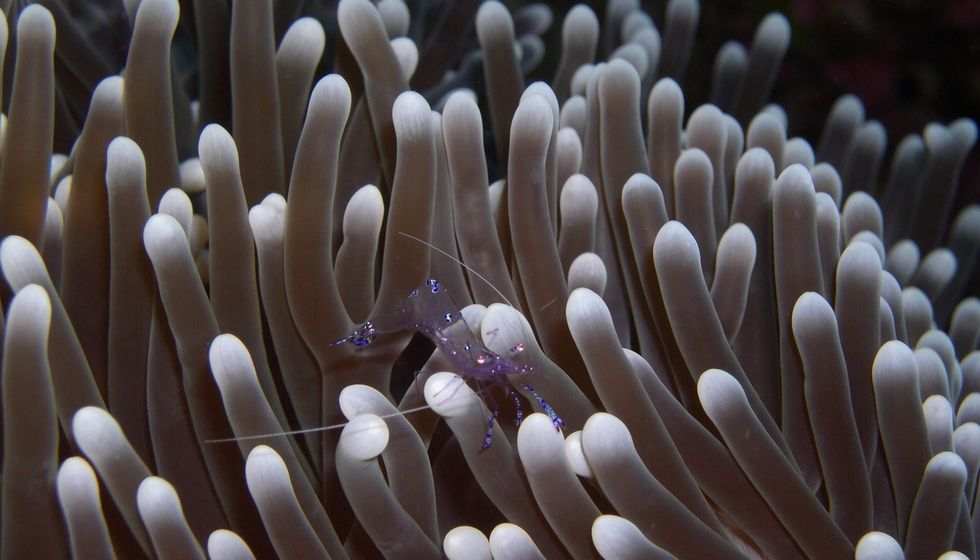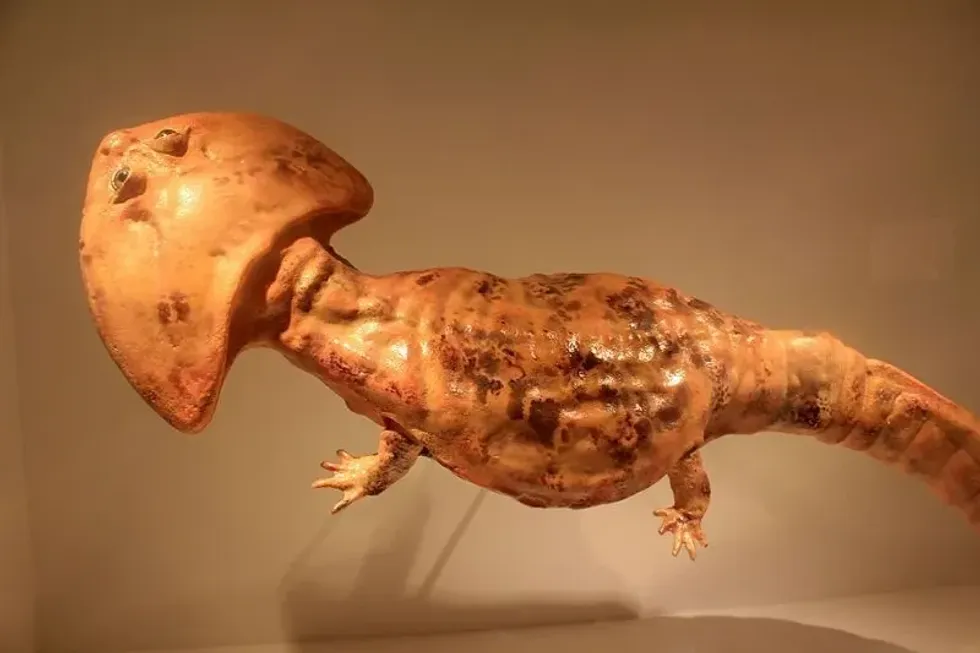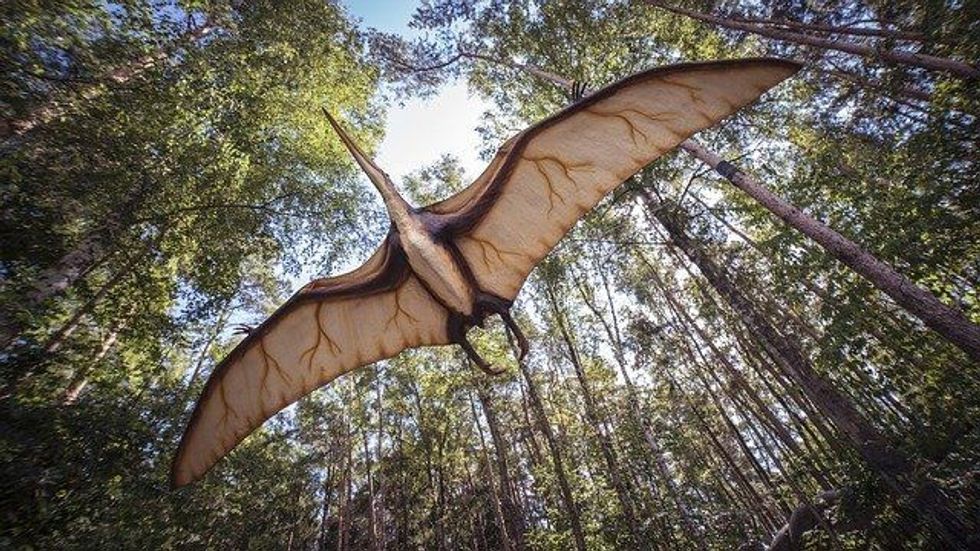The Haitian Condylactis anemone (Condylactis gigantea) is a commonly available species of ball anemone found in the reef environment of the Caribbean Sea and the western Atlantic.
It is also known by a variety of other names such as giant golden anemone, Haitian reef anemone, giant Caribbean Sea anemone, purple tip anemone, pink-tipped anemone, Atlantic Condylactis anemone, Florida Condy, or simply the Condy anemone.
Preyed upon by red-legged hermit crabs, the Condy anemones are a popular choice for reef aquarium hobbyists. Inhabitants of shallow waters, this anemone requires a strong lighting system when kept in an aquarium or tank.
However, this anemone species has sting cells, and to avoid damage, it is not ideal to keep them in reef aquariums with other anemones and tropical corals.
The Condy anemones come in several color variations, such as white, pink, light blue, pale red, orange, and light brown.
In addition, the mouth of the anemones is surrounded by more than a hundred tentacles with characteristic purple, pink, blue, scarlet, or green tips. The anemone species has a diet consisting of fish, zooplankton, and crustaceans and mostly prefers a carnivorous and meaty diet when housed in a tank or aquarium.
If you find Condylactis gigantea interesting, read on to discover more interesting and amazing facts about this anemone species!
For more relatable content, check out these sea anemone facts and giant green anemone facts for kids.
Condylactis Anemone Interesting Facts
What type of animal is a Condylactis anemone?
The Condy anemone (Condylactis gigantea) is a species of ball anemone of the family Actiniidae.
What class of animal does a Condylactis anemone belong to?
The Condy anemone belongs to the class Anthozoa, a class comprising marine invertebrates such as soft corals, stony corals, and other species of anemones.
How many Condylactis anemones are there in the world?
The total population size of the Condy anemone species is not available. However, since these anemones are common and widespread in the aquarium trade, it can be said that their global numbers are in abundance.
Where does a Condylactis anemone live?
The Condy anemone primarily inhabits shallow waters, lagoon areas, reefs, as well as turtle grass beds. When living in shallow waters, the Condy anemone requires a rock, shell, or any other hard object to anchor itself onto and survive the full-strength seawater.
The Condy anemone likes the reef environment and can also live in a reef aquarium or reef tank with optimum care level and aquarium supplies.
What is a Condylactis anemone's habitat?
The distribution of the Condy anemone species is mainly restricted to the Caribbean Sea, particularly the western Atlantic Ocean (including southern Florida and the Florida Keys) and the West Indies.
Members of the species are common in a reef environment and are usually found adhered to rock crevices, shells, or any other hard object to thrive in full-strength seawater.
When kept in the tank or aquarium habitat, these anemones require a suitable tank size, appropriate lighting system, proper diet, and live rock or other hard substrates to attach or crawl over.
A minimum tank size of 50 gallons (189 l) is ideal for the Condy.
Who do Condylactis anemones live with?
The Condy anemone either lives solitary or forms loose groups. The species never forms colonies.
How long does a Condylactis anemone live?
The lifespan of the Condy anemone is not known.
How do they reproduce?
Even though the Condy anemone can reproduce at low levels all throughout the year, mating is at its peak in late May. Anemones are generally dioecious (separate individuals produce the sperms and eggs).
The eggs and sperms are released at the same time, with fertilization taking place externally in the water column.
The planula larva produced after fertilization remains as a free-swimming ball with a ciliated body. After further development, the larva settles and attaches to a substrate such as a rock in the deep sea to eventually form tentacles and grow into a fully-developed Condy anemone.
What is their conservation status?
The conservation status of the Condy anemone has not been evaluated by the International Union for Conservation of Nature (IUCN) Red List of Threatened Species.
Condylactis Anemone Fun Facts
What do Condylactis anemones look like?
Condy anemones are large, columnar animals. The basal disc remains firmly attached to a substrate, and the hundred or more tentacles surrounding the mouth remain as sort of free-floating organs.
The tentacles contain poisonous sting cells that can inflict significant damage to organisms attacking the Condylactis anemone. Reef safe and relatively more mobile than other anemone species, the Condy anemones come in several color variations such as white, pink, light blue, pale red, orange, and light brown.
The long and tapering tentacles are paler but often have colorful tips in purple, pink, scarlet, blue, and even green. It is due to these purple-tipped tentacles that these organisms are also referred to as the purple Condylactis anemone.
How cute are they?
The Condy anemone does not have a physical form that can be conventionally regarded as cute.
How do they communicate?
The Condy anemone is not known to exhibit an advanced form of communication. However, the species is quite aggressive towards other anemones in situations of intense competition for space on the ocean floor.
Individuals are even known to fight and cause tissue damage to each other. Besides, the tentacles with sting cells are an effective means of defense against a predator or attacker. However, these anemones will avoid going near their natural predators, such as the red leg hermit crabs.
How big is a Condylactis anemone?
In nature, a Condy anemone has a disk diameter of about 16 in (40 cm) with a height of 6 in (15 cm) and a width of approximately 12 in (30 cm). Its disk size is slightly larger than that of the bubble tip anemone (Entacmaea quadricolor).
How fast can a Condylactis anemone move?
Even though the Condy anemone is primarily a sessile (immobile) creature, it does exhibit very slow crawling movements. The exact crawling speed, however, is not available.
How much does a Condylactis anemone weigh?
The weight range of the Condy anemone is not available.
What are the male and female names of the species?
Male and female anemones do not have distinct names.
What would you call a baby Condylactis anemone?
A young or baby Condy anemone is called planula larvae.
What do they eat?
The Condy anemone has a carnivorous diet comprising fish, sea worms, zooplankton, crustaceans such as shrimps, and mollusks like mussels. When kept in an aquarium or tank, the anemone can be fed shrimps, krills, mussels, chopped silversides, chopped freshwater fish, and other frozen carnivore food preparations. They are preyed upon by hermit crabs.
Are they dangerous?
The Condy anemone is quite an aggressive anemone species. It is dangerous, too, considering its tentacles harbor poisonous sting cells. Keeping them in a reef aquarium or tank with other fish, corals, and anemone species can be quite risky since the Condy will move around the tank stinging anything that falls in its way.
Would they make a good pet?
The Condy anemone will make a colorful addition to a tank or aquarium. It requires a suitable tank size, appropriate lighting conditions, and abundant live rock or other substrates to cling onto.
The Condylactis anemone care level can be moderate to hard, given its requirements of strong lighting and large tank size. In addition, the Condylactis anemone sting is a threat to corals and other fish within the same tank or aquarium.
Did you know...
The Condy anemone has the ability to reduce its surface area as a defense mechanism against predators. The anemone forces water out of the gastric cavity and draws its tentacles into the activity that significantly reduces its size and minimizes the chances of a predator attacking them.
When stimulated, the sting cells or nematocysts of the Condy anemone release CgNa toxin that can cause acute pain and paralysis.
Will a clownfish host a Condy anemone?
A Condylactis anemone-clownfish association is highly unlikely for the primary reason that clownfishes are absent in the natural habitat of the Condy. Besides, the Condy's strong and toxic sting will eventually kill the clownfish.
How to care for a Condylactis anemone?
A newly arrived Condy anemone will require at least 20-30 minutes to acclimate to the aquarium temperature. The ideal aquarium temperature range should be 72-78 degrees F (22.1-25.5 degrees C) with a pH of 8.1-8.4.
In addition, the aquarium or tank should be equipped with a strong light source. Condylactis anemone feeding can be done once or twice a week, depending on its size. Frozen food should be thawed before feeding.
Here at Kidadl, we have carefully created lots of interesting family-friendly animal facts for everyone to discover! For more relatable content, check out these giant green anemone facts and fire coral facts pages.
You can even occupy yourself at home by coloring in one of our free printable Condylactis anemone coloring pages.









